Vauxhall Mokka-e review: sharp-looking electric crossover goes green
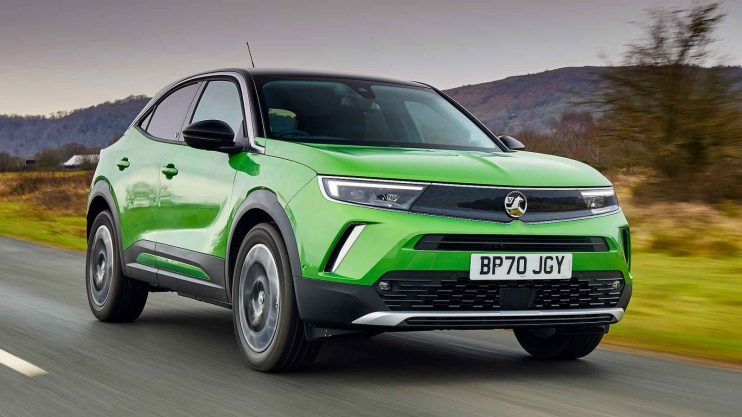
The Mokka has been a surprising success story for Vauxhall. Somewhat underwhelming at launch, the small SUV grew in popularity through the years, aided by an extensive 2016 refresh that saw it rebranded Mokka X. At times, it even made it into the UK top 10 best-sellers list.
Now there’s an all-new one, rechristened simply ‘Mokka’ again. This version is built on a platform from parent company Peugeot-Citroen, rather than old owner General Motors.
It’s the same architecture used in the popular new Corsa (plus siblings such as the Peugeot 2008) – and means Vauxhall can offer a pure electric version, alongside regular petrol and diesel engines. It’s the EV model, named Mokka-e, that I’m driving here.
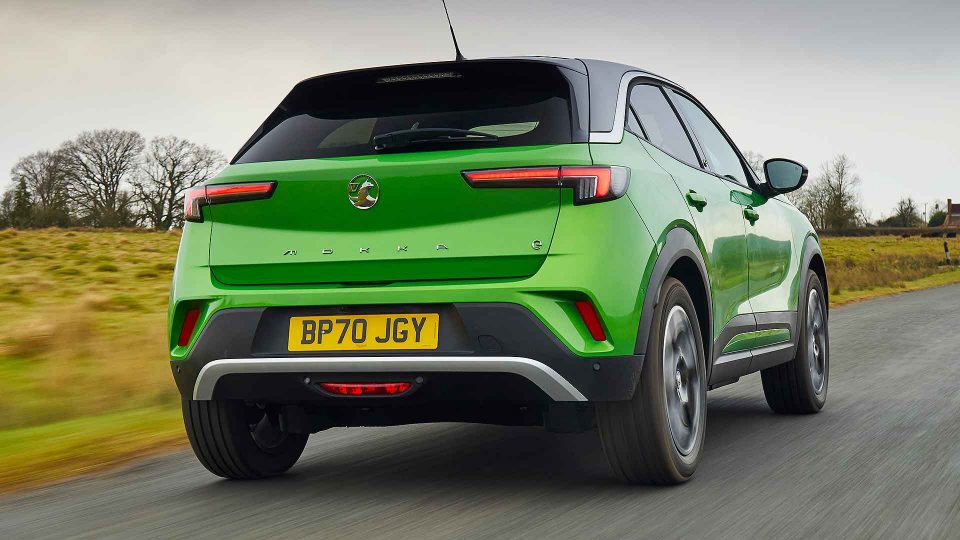
It has a 50 kWh battery that, thanks to improved aerodynamics, gives a 201-mile driving range. The new Mokka-e is ready to use 100 kW rapid chargers, which will provide an 80 percent charge in just 30 minutes. With the more commonplace 50 kW charger, an 80 percent charge takes 45 minutes.
The electric Mokka-e does cost more than petrol and diesel models, though. They start from £20,735; this is priced from £30,840 after the government Plug-in Car Grant.
The Launch Edition car I drove is almost £35,000 – but then, a 1.2T 130 petrol auto Launch Edition is nearly £30,000, so the jump perhaps isn’t too great.
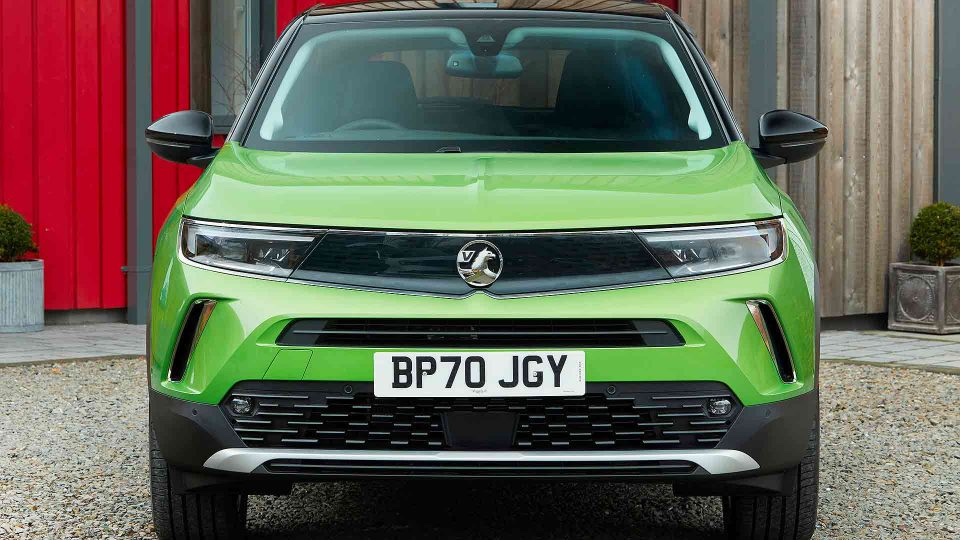
The Mokka is the first Vauxhall to sport the brand’s new look, previewed by a 2018 concept car called GT X Experimental. It’s now clear that car teased this new Mokka, complete with the distinctive sealed-in gloss black front end Vauxhall calls ‘Vizor’.
It’s leaps and bounds ahead of the first Mokka, looking fresh, distinctive and modern. It has a surprisingly sporty stance compared with the dowdy original, and now sits more easily alongside the more upright, practicality-focused Vauxhall Crossland.
My test car’s brilliant Mamba Green colour helped; it had a standard contrast black roof and optional contrast black bonnet (not pictured). It’s more of a head-turner than even Ford’s pretty Puma, and easily one of the best-looking Vauxhalls in years.

The front doors open wide, but there’s a bit of a chunky sill to step over. Once in, the well-loved, high-up SUV driving position is present and correct, this time with a great view across the tall, broad bonnet. It feels tough and confident from behind the wheel, and the central spine running down the bonnet is a neat visual detail.
Launch Edition cars have appealing Alcantara-style upholstery, which also stretches to the door panels, and the seats themselves are firm and supportive. As in most Vauxhalls, they’re terrifically comfortable over long distances.
The dashboard is as fresh as the outside. Designed around two infotainment screens, the central one is brilliantly angled towards the driver (rather than set flat into the dash), creating a wraparound feel. It’s easy to reach and use, and such a transformative detail that you have to wonder why nobody else has done this before.
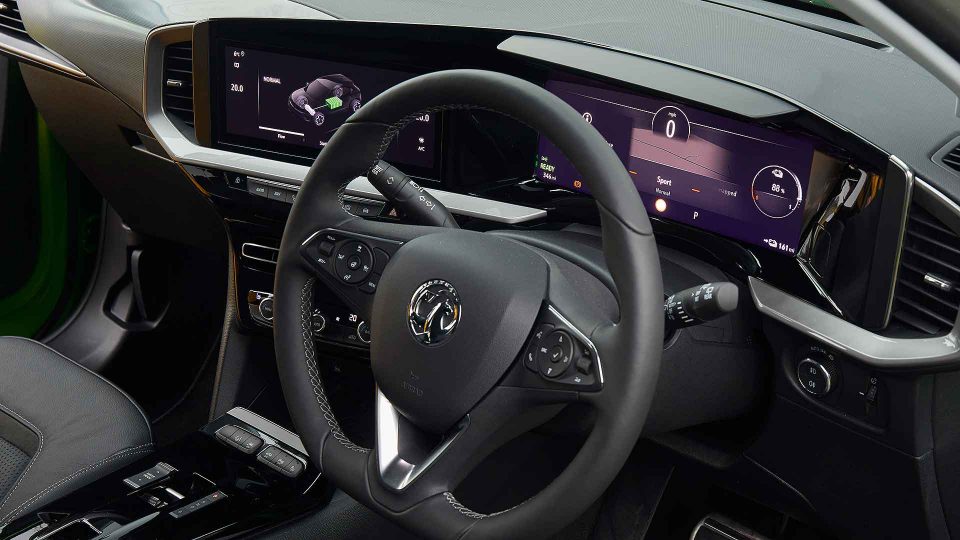
The height of the dashboard, combined with a tall shoulder line for the side windows, gives a safe, cocooned feel behind the wheel. There’s a good amount of stowage space and Vauxhall continues to fit proper buttons and dials for climate control and other essential functions, adding to usability.
Quality is good, with a soft-touch dash top and plentiful use of rich-looking gloss ‘piano black’ trims surrounding the touchscreen and other surfaces. I liked the soft leather steering wheel, too.
There’s just about enough space in the rear for adults (once, again, they’ve stepped over wide door sills). The larger Vauxhall Crossland is more passenger-friendly, but kids will be fine back there. But while the boot is wide and easy to load, it’s a bit short, and a 310-litre capacity is little better than a supermini. Again, the Crossland aces it here.
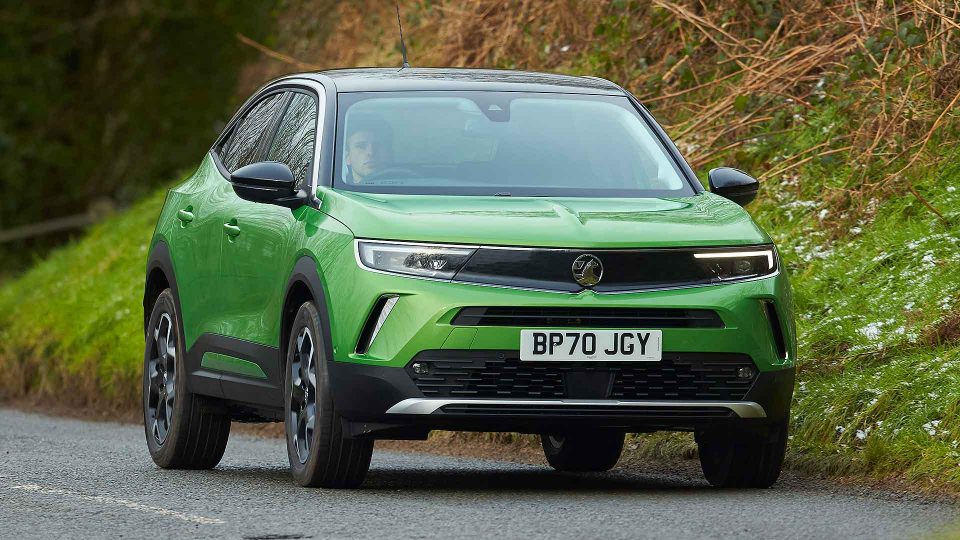
Although it has chunky 18-inch alloy wheels, the new Mokka-e rides smoothly. It’s not over-stiff and uses its extra SUV suspension travel to good effect. This doesn’t mean it’s squidgy or soft, just well-judged, with a nicely-sprung sense of controlled comfort.
The weight of the electric batteries probably helps here: the Mokka-e tips the scales at almost 1,600kg, a good few hundred kilos more than the petrol-engined model. But because this weight is located low in the chassis, it actually aids handling stability, by keeping the centre of gravity low.
I really enjoyed driving it on twisting roads. It’s a stable, composed and capable car, with good body control and an impressive ability to remain comfortable even when charging quickly across undulating terrain. The firm feel from the steering is reassuring too, with good on-centre accuracy.
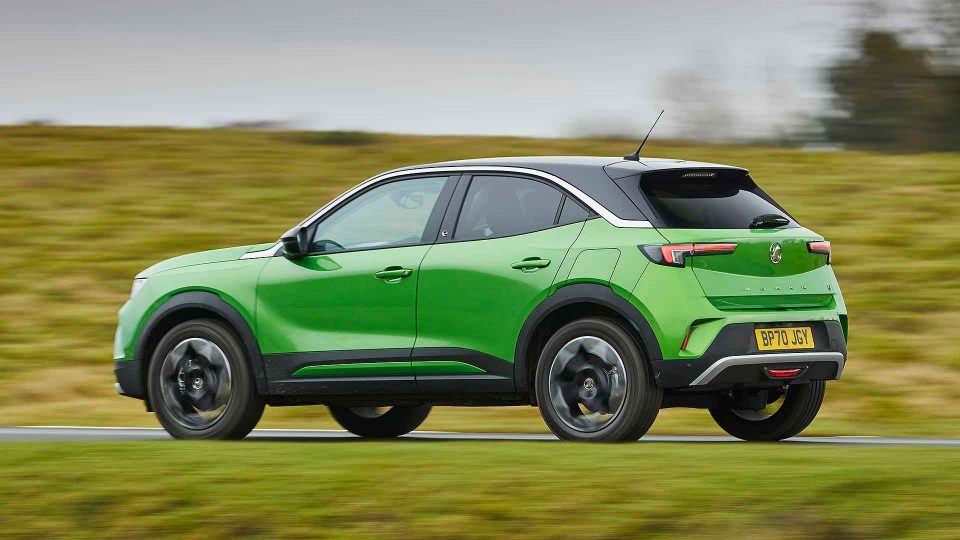
The 136hp electric motor runs quietly, and in normal mode, delivers just enough power. It doesn’t ‘surge’ as in some EVs, so is easy to control. If you want more pulling power, switch the driving mode into Sport; this also adds a bit more weight to the steering. Even here, the car’s weight means it’s hardly a rocketship, but it’s still swift enough.
Overall refinement is very good. There’s little wind or road noise, and the wheels don’t smash noisily into bumps. This adds to the sense of glide-along comfort, and also backs up expectations of sophistication from the futuristic styling and interior. Overall, it feels a well-developed and able car, one that’s genuinely leaps and bounds ahead of the Mokka X it replaces.
The previous Vauxhall Mokka X sold well, despite being of rather modest ability. This latest one is far better in terms of driving dynamics – and it also looks extremely fresh-faced and appealing, certainly standing out amongst an ever-growing group of small SUV rivals.
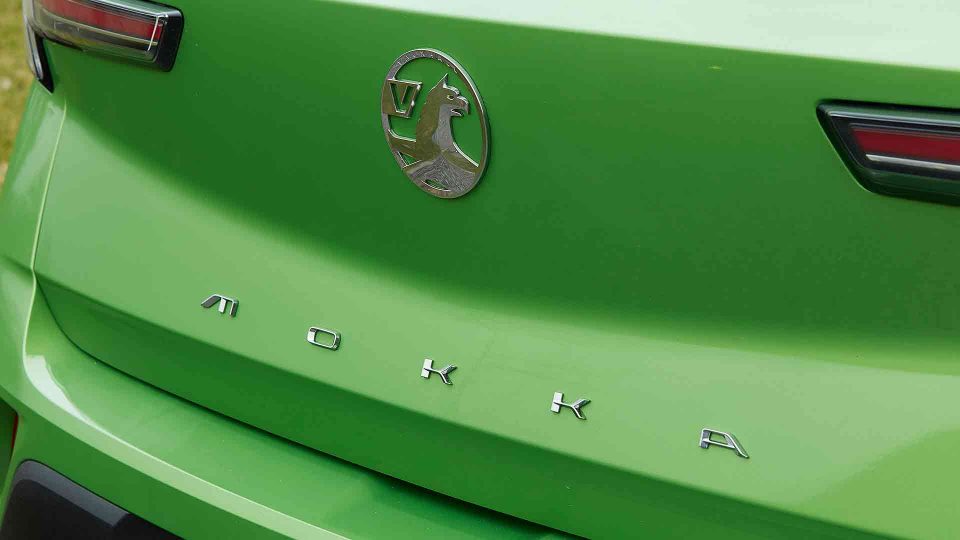
The new Mokka-e has the added appeal of a pure electric drivetrain, one available for an accessible price premium over the equivalent petrol-engined model. It performs well, has a decent range and tops up quickly enough via public rapid chargers to be usable even for longer journeys.
Vauxhall initially thought the Mokka-e would take one in 10 sales from the rejuvenated new Mokka line-up. It’s now rethinking that, and I too wouldn’t be surprised if it’s higher still. This is good-looking, fine-driving machine that has plenty of appeal.
And, for those who may find it not quite practical enough, there’s the refreshed Crossland range to provide back-up. Well played, Vauxhall.
Richard Aucock writes for Motoring Research
PRICE: £30,840 (£34,970 as tested)
0-62MPH: 8.7 seconds
TOP SPEED: 93mph
BATTERY SIZE: 50kWh
ELECTRIC RANGE: 201 miles
CO2 EMISSIONS: 0g/km